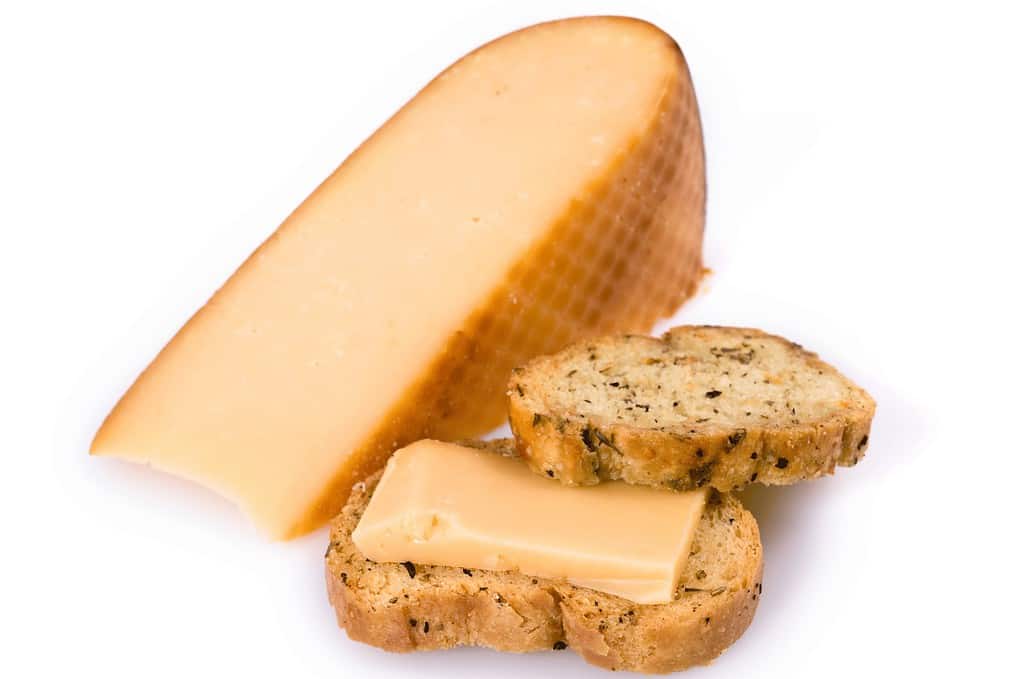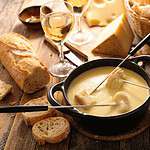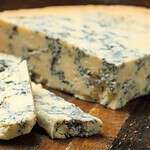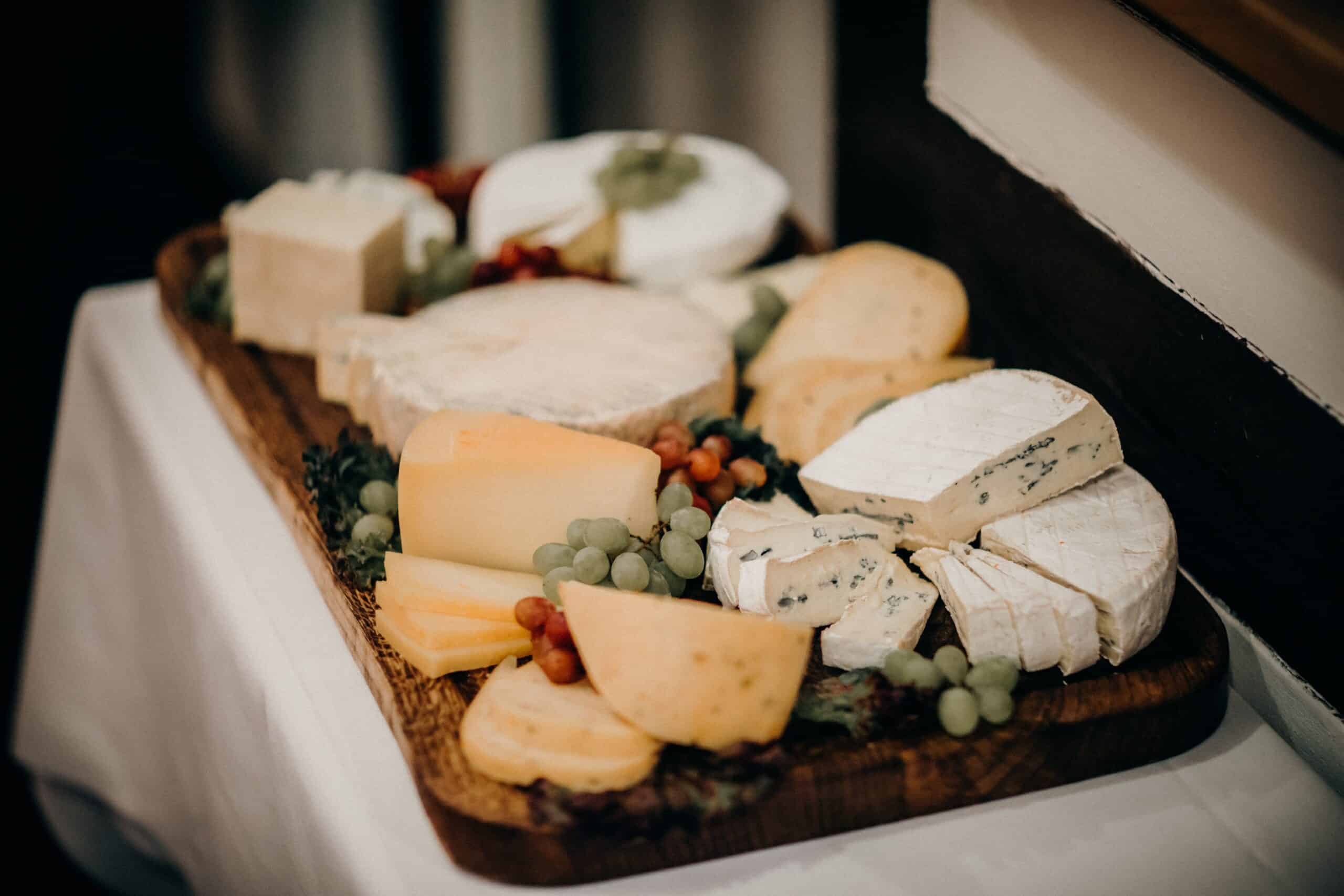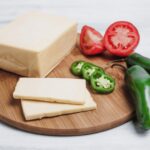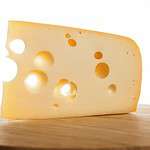Smoking cheese is an age-old technique that transforms the ordinary into the extraordinary, adding depth and complexity to the simple pleasure of cheese. By infusing cheese with the delicate flavors of smoke, we create a gourmet experience that tantalizes the taste buds. It’s a simple process that involves cold smoking, which imparts smoky flavor without cooking the cheese, preserving its texture and integrity.
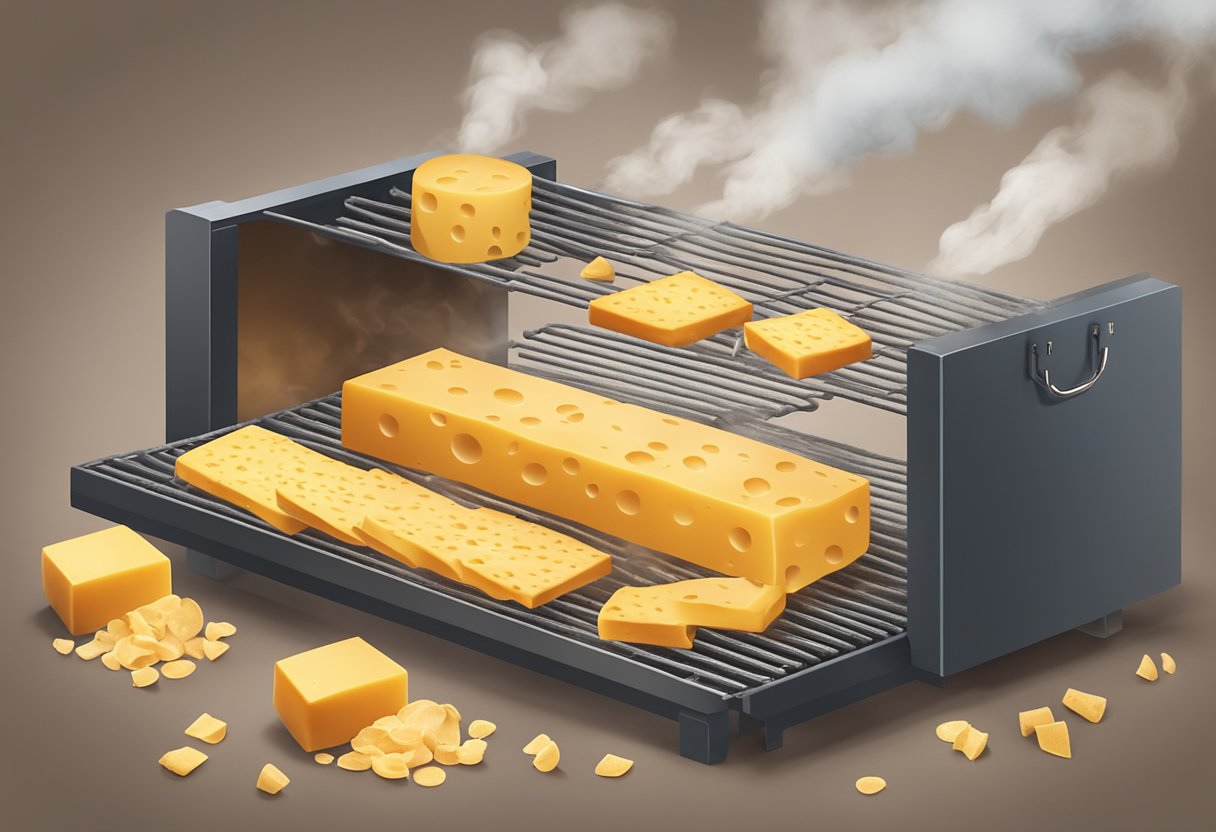
We select the right types of cheese, ones that are firm enough to handle the smoking process, such as Cheddar, Gouda, or Swiss. The wood used for the smoke can vary from hickory to applewood, adding a distinct flavor profile to the cheese. The process requires patience and careful monitoring, as the temperature needs to be low enough to avoid melting the cheese. Understanding the subtleties of this process enables us to elevate our culinary creations, enhancing flavors and creating memorable dishes.
Key Takeaways
- Smoking cheese enhances its flavor and creates a unique gourmet experience.
- The process involves selecting suitable cheeses and woods for tailored flavor profiles.
- Cold smoking is the preferred method, requiring close attention to temperature and timing.
Overview of Cheese Smoking
In cheese smoking, we transform simple cheeses into rich, flavor-packed delights. We’ll cover everything from selecting cheeses to the final smoke infusion.
Understanding Cheese Types
Hard cheeses like cheddar and gouda are ideal for smoking due to their dense structure, while semi-hard cheeses like monterey jack also smoke well. Soft cheeses, such as brie, can be smoked but require careful handling to maintain texture.
Benefits of Smoking Cheese
Smoking cheese imparts a smoky flavor that enhances its overall taste profile. It can add complexity to the flavor of appetizers and snacks like charcuterie boards.
Differences Between Cold and Hot Smoking
Cold smoking infuses smoke flavor without cooking the cheese, maintaining its texture. It’s done at temperatures below 90°F. Hot smoking cooks the cheese, leading to a different texture and is performed at higher temperatures.
Choosing the Right Wood for Smoking
Selecting the right wood is crucial for the desired smoke profile:
- Apple and Cherry: Mild and sweet
- Oak and Hickory: Strong and robust
- Pecan and Maple: Medium and nutty
Wood chips or pellets can be used, depending on the smoker.
Essential Smoking Equipment
A quality smoker or grill fitted with a cold smoke generator is key for cold smoking. A thermometer is vital for monitoring temperature, and an ice pan can help maintain a low temperature.
Safety and Preparation Tips
Fire safety is paramount. Ensure your smoker is in a safe location, away from flammable materials. Prepping the smoking area, including ensuring proper ventilation, is also important.
Preparing the Cheese for Smoking
Cut cheeses like cheddar or gouda into small blocks to maximize the surface area. Soft cheeses should be well-chilled and possibly frozen briefly to firm up before the smoking process.
Cheese Smoking Process
Start with a prepped smoker and introduce your cheese:
- Position cheese on the grate.
- Cold smoke for 2-4 hours.
- Rotate for even exposure to smoke.
- Rest the cheese in a refrigerator post-smoking.
Proper Storage After Smoking
Vacuum-seal or wrap the cheese in parchment paper before placing it in the refrigerator. For long-term storage, cheeses can be frozen.
Serving Suggestions for Smoked Cheese
Enjoy smoked cheese in various dishes, from burgers and pasta to simple pairings with crackers. It adds a gourmet touch to sandwiches and pizza as well.
Frequently Asked Questions
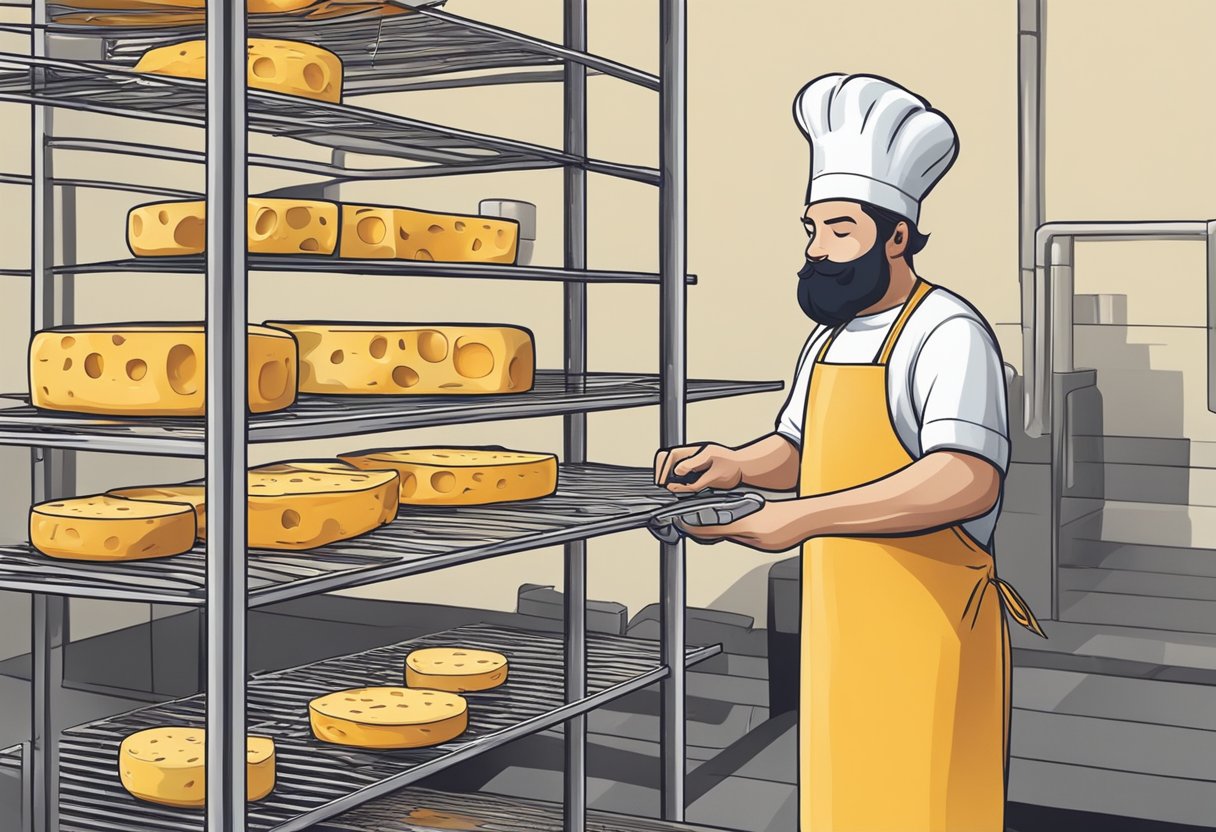
In this section, we address some common inquiries regarding the cheese smoking process that will help us achieve the best results.
What types of cheese are best suited for smoking?
We find that dense and harder cheeses, such as Cheddar, Gouda, and Swiss, are most suitable for smoking. These types can withstand the smoking process without losing their structure.
Which smoker is ideal for achieving optimal flavor when smoking cheese?
For smoking cheese, we recommend using a cold smoker or a pellet smoker with a cold smoking attachment. These types of smokers provide the necessary low temperatures and allow the cheese to infuse with smoke more evenly.
What is the recommended smoking duration for different types of cheese?
Typically, we advise smoking cheese for 2 to 4 hours, depending on the cheese’s type and size. Soft cheeses require less time, while firmer cheeses can benefit from a longer duration to deepen the flavor.
At what temperature should you smoke cheese to avoid melting?
We should smoke cheese at temperatures no higher than 90°F (32°C). This ensures that the cheese develops a smoky flavor without reaching its melting point.
What are the preferred wood chips for imparting flavor during the cheese smoking process?
We recommend fruitwoods like apple and cherry or hardwoods such as hickory and pecan for smoking cheese. These woods provide a balanced flavor that complements the cheese without overpowering it.
What are some serving suggestions for enjoying smoked cheese?
We suggest serving smoked cheese on a charcuterie board with crackers, fruits, and nuts, or using it in cooking to add a smoky flavor to dishes like macaroni and cheese, sandwiches, and burgers.

